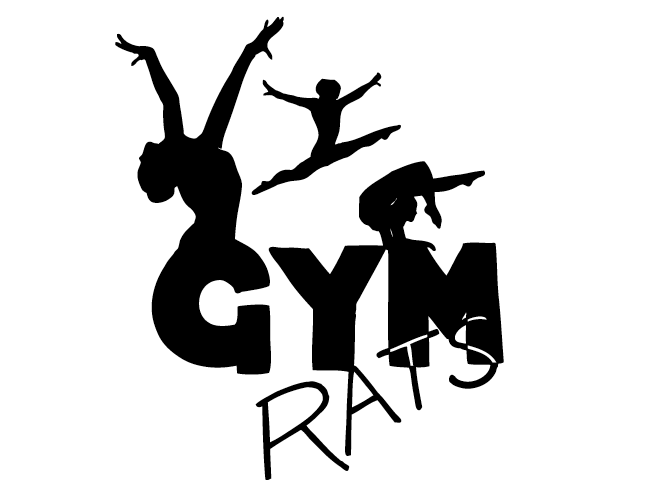Elite gymnasts are in the spotlight. They are in newspaper articles. We recognize them in magazines and on cereal boxes. We also now know what they truly have given up to achieve their notoriety. In 2016, 103 of all 125,216 USA Gymnastics members (.08%) trained in USAG’s Women’s Elite Program. They are a special breed and generally come from a handful of gyms and coaches from across the country.
The rest, ninety-nine plus percent, of gymnasts who compete under USAG represent the Everyday Gymnast. With all this talk of revamping, removing, and/or replacing USAG, the conversation seems to always revolve around Olympians and elite athletes; the Everyday Gymnast is lost in the dialog. Outsiders (and insiders) are so concerned with the optics at the elite level that they do not realize that where the change needs to occur is at the foundation.
Tens of thousands of Everyday Gymnasts in this country, almost all of USAG’s membership, are willing to do what it takes to make their dreams, whatever they are, come true. They condition, work out with sore muscles, stretch to increase their flexibility, and do bars with rips on their hands. They push themselves to their limits, whatever they may be for them, and they push through pain on a daily basis.
The Everyday Gymnast dedicates her young life to the sport. Her extracurricular time is devoted to going to the gym. Her Saturdays are eaten up by practice. But she doesn’t mind; she just wants to be in the gym. It’s what she does.
I stand for the Everyday Gymnast: the gymnast who loves gymnastics because it’s where she fits in, where she can try new things, where she can shine, and where she can have fun. The Everyday Gymnast won’t make it to the Olympics, may not get a college scholarship, might not get to level 10, or even do a giant, but will probably compete through the beginning levels of competition. This doesn’t change her dedication to the sport; the Everyday Gymnast loves gymnastics. She eats, breathes, and sleeps gymnastics. She does it in the living room, on curbs, in her mind during the day, and in her dreams as she sleeps. It seems that all she wants to do is be upside down.
Successful Olympic coaches, Martha and Bela Karolyi, brought American coaches and gymnasts to their Karolyi Ranch to teach gyms throughout the country their methods in how to produce Olympic athletes. All of a sudden, gymnasts and families didn’t have to relocate to Houston in order to have a shot at Olympic competition; it could happen in any state across the country. It became possible.
This is what USAG and the USOC charged the the Karolyis to do. But in doing so, they brought a fear-based totalitarian mentality and method of coaching, a system reflective of their upbringing in communist Romania, to American gymnastics. The Karolyis’ expertise had infiltrated and taken hold, and Americans started winning – and then winning big in the last decade. As a result, USAG and the USOC basked in their glory. Unfortunately, we now know that the USA did actually win at all costs, particularly to the detriment of so many young girls who never even made it onto the Karolyis’ radar.
Those eager and moldable American coaches who brought back what they learned from the Karolyis to their own gyms changed what gymnastics became to the Everyday Gymnast.
The elite mentality has, as a result, trickled down into the beginning levels of gymnastics competition. Perfection, which was once reserved for elite gymnasts, has now become a mainstream and oftentimes mandatory facet of gymnastics at the lowest levels of competition. Everyday Gymnasts are not cut from the same fabric as elite gymnasts. It takes a certain mentality to want to be elite, to work that hard, to put up with the pressure and the abuse – internal and external. There is a certain masochism involved that most regular kids do not possess.
When the gymnastics community (under USAG) treats the Everyday Gymnast with the same approach that it treats an elite gymnast, even in competitive level 2, then there is an inherent problem with the system. Coaches who do this are taking advantage of a small child’s love of the sport by turning her into a robot. If she does not conform and produce near-perfect scores, then she is of no use to the team, and she is pushed out.
The culture imbedded in USAG needs to change, and to keep USAG’s structure in tact for all gymnasts for the sake of .08% is absurd and detrimental. There needs to be a complete shift in how we approach the Everyday Gymnast. The only way to do this is to recognize that the culture is unhealthy for the vast majority of gymnasts, admit there is an inherent problem, and change the system. To keep USAG intact at all costs is not the path. USAG has failed in too many ways to be beneficial and continue to lead the gymnastics community. A complete bulldozing and rebuilding from the ground up needs to happen. This could take years. What would benefit the Everyday Gymnast right now is a competitive structure already in place. This exists! Coaches and club owners need to consider USAIGC as a viable, competitive, and healthy alternative.
Be a part of a movement of choice. Give the Everyday Gymnast a chance to thrive. Be the coach you set out to be.


2 thoughts on “In Support of the Everyday Gymnast”